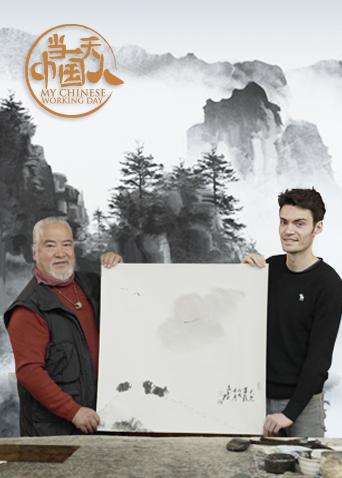影片翻拍自2009年法国同名喜剧片,女佣讲述两个战地记者躲在家里炮制假新闻,结果引火上身引发一系列闹剧。
影片翻拍自2009年法国同名喜剧片,女佣讲述两个战地记者躲在家里炮制假新闻,结果引火上身引发一系列闹剧。

回复 :At last the Feds have caught him! Infamous 60's radical Huey Walker is heading for jail. So how come it's Huey's yuptight FBI escort who ends up behind bars
回复 :哈威·凯特尔将主演聚焦臭名昭著的黑帮人物迈耶·兰斯基的未定名传记片。本片卡司还有萨姆·沃辛顿、艾莫里·科恩、奥斯汀·斯托维尔。亚历珊德拉·达达里奥正洽谈出演中。影片由埃坦·洛克威尔([幽闭空间])自编自导,部分取材于洛克威尔的父亲、历史学教授罗伯特·罗克韦对兰斯基的真实采访。本片讲述兰斯基在被FBI调查和追捕了几十年之后,默默无闻地生活在迈阿密海滩。兰斯基请来年轻记者大卫·斯通(沃辛顿饰)来讲述他的故事时,FBI却把他当作了一枚棋子以追查涉嫌藏匿数亿美元的案件。本片将于8月开机。
回复 :转自:http://www.filmlinc.com/nyff/2010/views-from-the-avant-garde-friday-october-1/views-from-the-avant-garde-jean-marie-straub“The end of paradise on earth.”—Jean-Marie StraubThe 33rd verse and last chant of “paradise” in Dante’s Divine Comedy. The film starts with verse 67, “O somma luce…” and continues to the end. “O Somma luce” recalls the first words uttered by Empedocles in Danièle Huillet and Jean-Marie Straub’s 1987 The Death of Empedocles—“O himmlisch Licht!…” (O heavenly light!). This extract from Hölderlin’s text is also inserted into their 1989 film Cézanne.“O somma luce” invokes utopia, or better still “u-topos,” Dante, Holderlin, Cézanne… the camera movement, recalling Sisyphus, in the film’s long shots, suggests its difficulty.In O somma luce, with Giorgio Passerone’s Dante and the verse that concluded the Divine Comedy, we find at the extremity of its possibilities, the almost happy speech of a man who has just left earthly paradise, who tries to fully realize the potential of his nature. Between the two we find the story of the world. The first Jean-Marie Straub film shot in HD.So singular are the textual working methods of Straub-Huillet, and now Straub on his own, that it is hard to grasp how far reaching they are. Direction is a matter of words and speech, not emotions and action. Nothing happens at the edges, everything is at the core and shines from there alone.During the rehearsals we sense a slow process by which ingredients (a text, actors, an intuition) progress towards cohesiveness. It is, forgive the comparison, like the kneading of dough. It is the assembling and working of something until it becomes something else… and, in this case, starts to shine. Actually it’s very simple, it’s just a question of opening up to the light material that has been sealed up. Here, the process of kneading is to bring to life and then reveal. The material that is worked on is speech. So it is speech that becomes visible—nothing else. “Logos” comes to the cinema.The mise en scène of what words exactly?The process of revealing, “phainestai”; “phainomenon,” the phenomenon, is what take splace, what becomes visible to the eye.Is “Straubie” Greece?This mise en scène of speech, which goes beyond a close reading of the chosen text, is truly comes from a distant source.—Barbara Ulrich

